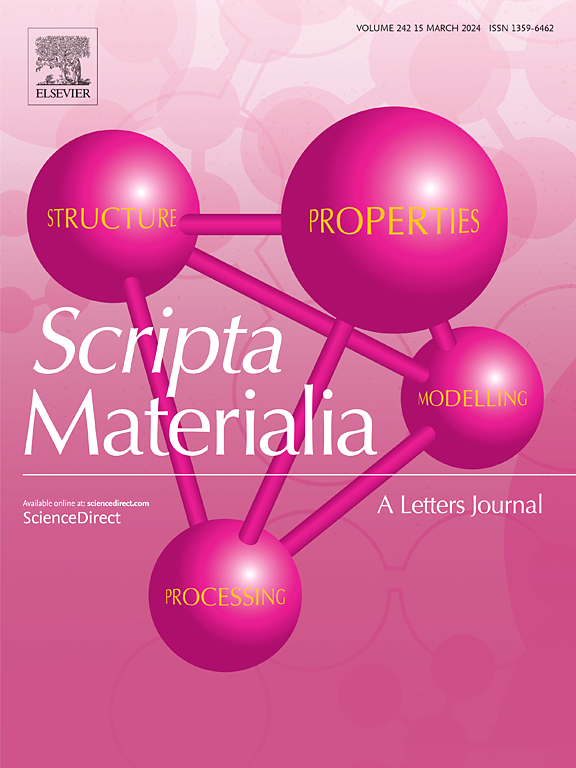PCS: Property-composition-structure chain in Mg-Nd alloys through integrating sigmoid fitting and conditional generative adversarial network modeling
IF 5.3
2区 材料科学
Q2 MATERIALS SCIENCE, MULTIDISCIPLINARY
引用次数: 0
Abstract
Here, we report a unified framework to establish the property-composition-structure (P-C-S) relationship, utilizing a property-oriented generative model that incorporates composition as a continuous conditional label within a conditional generative adversarial network (CGAN). This approach enables arbitrary microstructure prediction across a specified composition range. Using as-cast Mg-Nd alloys as a case study, the model synergistically integrates sigmoid fitting and CGAN modeling. Sigmoid fitting effectively bridges the relationship between alloy hardness and composition, while CGAN generates microstructures corresponding to specified compositions. The phase fraction of the alloys serves as a metric for assessing the similarity and accuracy of the generated microstructures. By elucidating the intricate interdependence between property, composition, and structure, this framework offers a scalable and systematic approach to property-driven material design. Beyond enhancing our understanding of the fundamental mechanisms governing material properties, it provides a powerful computational tool for tailoring material properties for specific applications.
通过整合sigmoid拟合和条件生成对抗网络模型的Mg-Nd合金的属性-成分-结构链
在这里,我们报告了一个统一的框架来建立属性-组合-结构(P-C-S)关系,利用面向属性的生成模型,该模型将组合作为条件生成对抗网络(CGAN)中的连续条件标签。这种方法可以在特定的成分范围内进行任意的微观结构预测。以铸态Mg-Nd合金为例,该模型协同集成了s形拟合和CGAN建模。Sigmoid拟合有效地连接了合金硬度和成分之间的关系,而CGAN则生成了与特定成分相对应的显微组织。合金的相分数可作为评估生成的显微组织的相似性和准确性的度量。通过阐明属性、组成和结构之间复杂的相互依存关系,该框架为属性驱动的材料设计提供了一种可扩展和系统的方法。除了增强我们对控制材料属性的基本机制的理解之外,它还为定制特定应用的材料属性提供了强大的计算工具。
本文章由计算机程序翻译,如有差异,请以英文原文为准。
求助全文
约1分钟内获得全文
求助全文
来源期刊

Scripta Materialia
工程技术-材料科学:综合
CiteScore
11.40
自引率
5.00%
发文量
581
审稿时长
34 days
期刊介绍:
Scripta Materialia is a LETTERS journal of Acta Materialia, providing a forum for the rapid publication of short communications on the relationship between the structure and the properties of inorganic materials. The emphasis is on originality rather than incremental research. Short reports on the development of materials with novel or substantially improved properties are also welcomed. Emphasis is on either the functional or mechanical behavior of metals, ceramics and semiconductors at all length scales.
 求助内容:
求助内容: 应助结果提醒方式:
应助结果提醒方式:


